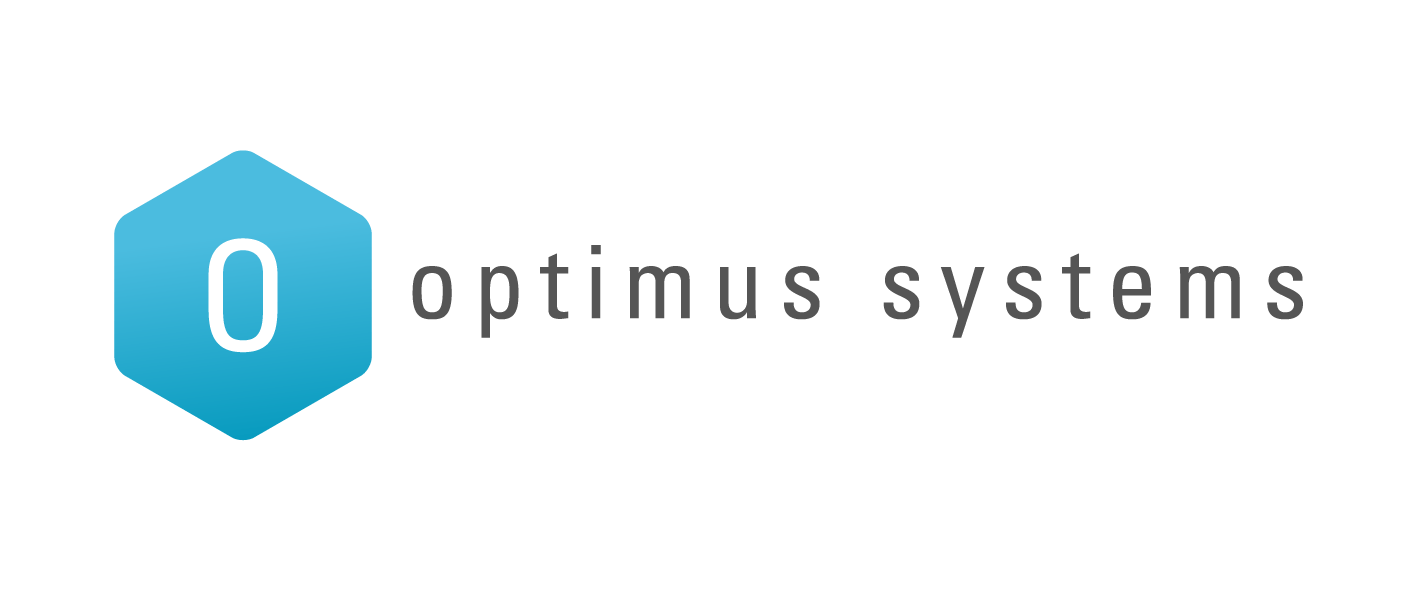Have you ever read news stories about someone winning the lottery jackpot – and then every distant relative, charity, and numerous scammers try and figure a way of getting some free money from the winner?
In other words, as soon as you publicise something, opportunists try and figure out a way to benefit from it.
The same is true in the IT world, when it comes to Microsoft security patches
You see, as soon as Microsoft releases a patch, it’s basically an announcement that there’s a security loophole in their existing software. And opportunists just love these loopholes! But the opportunists in this instance aren’t cat rescue organisations or your second-cousin-twice-removed, but hackers.
The hackers immediately get to work on finding a way to exploit that loophole. The hackers know that a big percentage of software users won’t apply the security patch for months or years – if at all.
Here are some scary statistics about patch management:
- Only 36% of SMEs bother with patch management.
- Approximately 85% of successful hacking attempts involve unpatched computers and devices.
Source: http://mspmentor.net/msp-mentor/can-msps-still-make-money-patch-management?
If you don’t have a proactive patch management policy, you are leaving your business wide open to exploit.
Are you still using the Windows XP operating system?
We’ve got some very sobering news for you if you’re still using Windows XP on your computers: Windows stopped supporting this operating system in April 2014 – that’s 2 years ago.
There are no patches or updates for Windows XP – which leaves your system wide open to hackers and security exploits. And if that computer is connected to a network, either through Wi-Fi or cabling, then your entire system is at risk, not just the unpatched machine.
Software patch management is about more than just Windows
The Windows operating system isn’t the only piece of software requiring patch management: nearly every piece of software running on your machine will require updates from time to time.
Microsoft Office, Adobe Acrobat, Adobe Flash and Java often have critical updates – as do other software packages. Any out-of-date software leaves you open to ransomware attacks. So you need to be updating all of your software, all of the time: the importance of patch management cannot be emphasised enough.
How effective are automatic updates?
Many software programmes give you the option of automatic updates. However, in our experience, these automatic updates aren’t always as automatic as you’d hope. There’s no guarantee that your software will be kept up-to-date.
Some so-called automatic updates still require the user to allow the updates and enter their system password. And let’s face it, when you’re working on an urgent job, you’re going to hit the ‘Cancel’ button because your deadline’s more important, right? Putting software updates in the hands of users just isn’t effective.
Are you using an IT technician to manually go round and install all the software patches?
If you’re feeling pleased with yourself, because you’ve got an IT technician going around applying patches, you might want to re-think that.
This traditional approach to patch management just isn’t effective, as the IT technician can only work on one machine at a time. The hackers are way quicker than that! It’s entirely possible for your IT guy to be patching one machine, when the one next in the queue gets hacked.
Plus, in many cases, patch management tends to be irregular and one of those things that the IT technician does when he doesn’t have more urgent tasks to do, such as unclogging the printer or helping someone with a forgotten password. Or perhaps your employees are reluctant to give the IT guy access to their machine, as they’re working on an urgent deadline.
Invariably, it’s a job that gets shoved to the bottom of the To Do list – and that’s a big mistake.
So what’s the best patch management solution?
Patch management best practices involve managed services that feature automated patch management.
In other words, we monitor your whole IT system, and after we’ve tested the patches are OK, we apply them immediately – to all your machines. This generally happens overnight, when no one is using the computers so there’s no disruption to your business. You won’t even need to think about software updates, as it’s all taken care of. We can even run reports on your machines to provide peace of mind that the patch management is up-to-date – this can provide peace of mind.
You see, our managed services are designed to be proactive and robust, so your business can keep running with no interruptions. As well as patch management, we can diagnose and resolve IT problems and failures – and do it remotely. In many cases, problems can be avoided before they even happen.
Best of all, you don’t need to win the lottery to afford prime: there are different service levels to choose from, and the managed services are for a fixed monthly fee.
Find out more about prime, our patch management solution.
Next step: Are you wondering how healthy your IT system is?
If you’d like to find out how healthy your IT system is – and how open it is to ransomware attacks – contact us for a FREE IT Assessment. You’ll get a comprehensive IT audit without charge or obligation.




